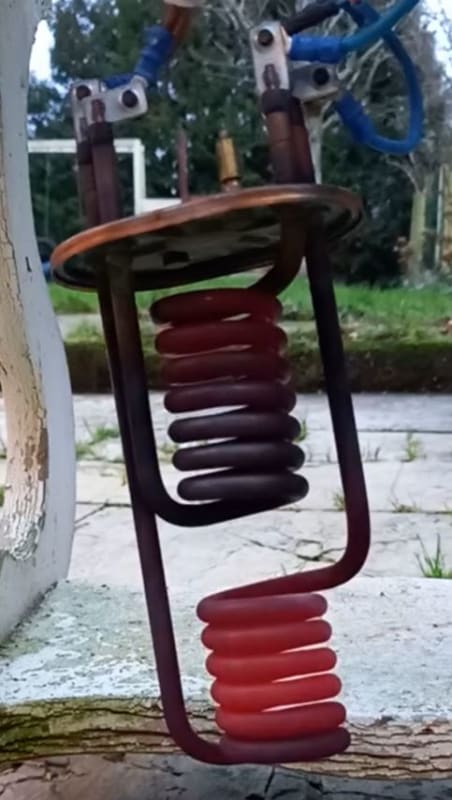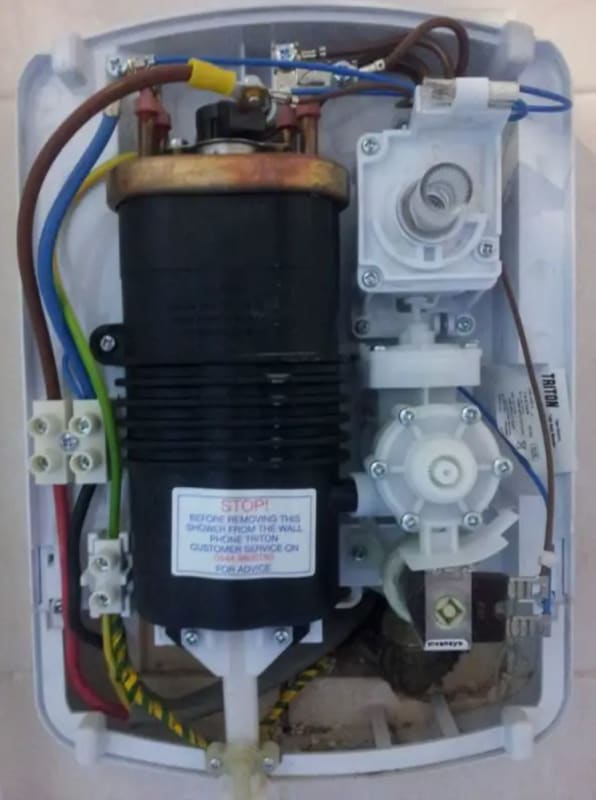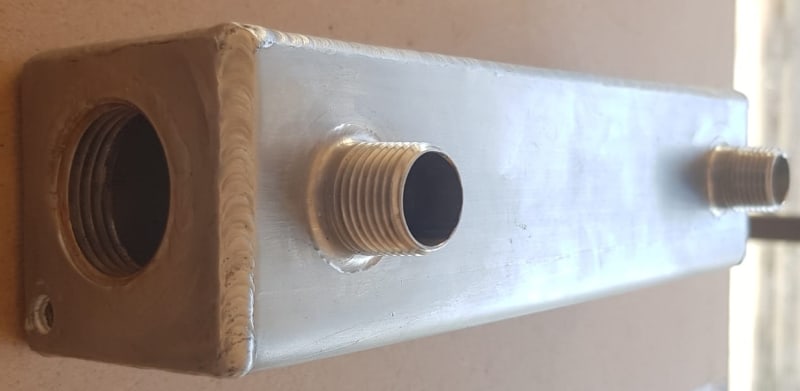OP,
I'm glad
georgeverghese brought Q = UA dtlog into this thread, because at the end of the day, this is going to be the controlling statement/equation. The wildcard here in my mind is a solid value for U. I am not sure of your background in thermo but you seem to know some. "U" - overall heat transfer coefficient is 1/U=1/h1=+L/lamda+1/h2
where: h = convective heat transfer coefficient, W/(m2°C) [Btu/(hr-ft2°F)], L = thickness of the wall, m [ft], λ = thermal conductivity, W/(m°C) [Btu/(hr-ft°F)]. The "U" variable describes the heat movement from the heating element, though its sheath and into the water.
400w/m2/degK for agitated heat transfer to coils immersed in water for condensing steam in the coils.
My initial gut reaction was this was not accurate because the driver of latent heat transfer does not exist in this scenario but the more I thought about it, an argument could be made for a higher and lower U value in my mind. I will do some more digging or maybe someone more versed in this application will pop on and clear things up. At any rate, I think the "U" value may fall somewhere between 300 and 500, so 400 may be appropriate for a back of a napkin calculation.
My back of napkin calc took a different approach of the required cooling rate to keep the element below 65 C based on a flow rate of 6 lpm and delta T of 25 deg. I came up with 20w/cm^2 as the max surface flux allowed to not exceed 65C. This is assuming a huge number of things and should NOT be used for design purposes. I am only bringing it up to say that your design of 8W/cm^2 seems reasonable. I could see some fairly easy ways of testing this, but I would need to know more information about your original design (see previous questions).





